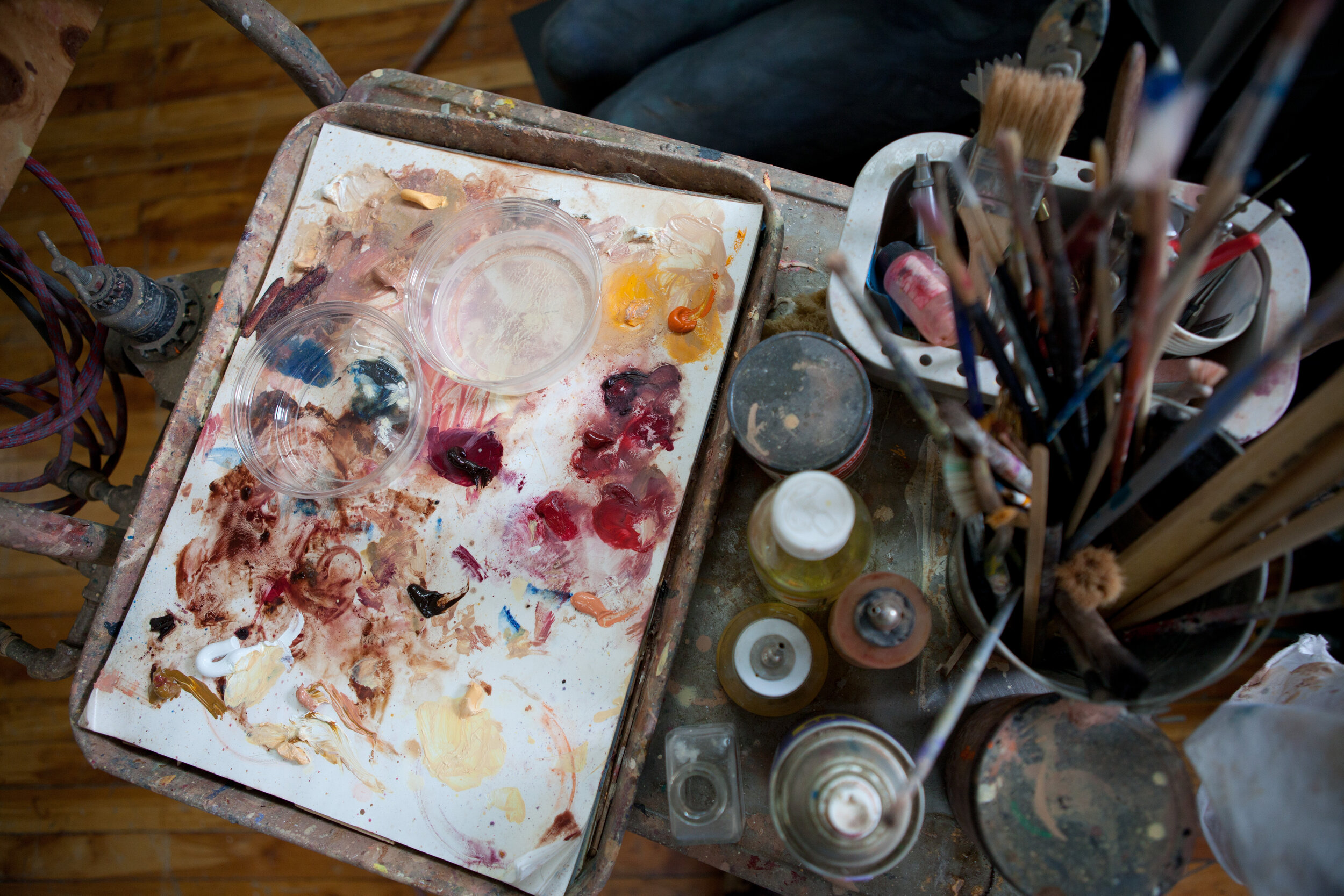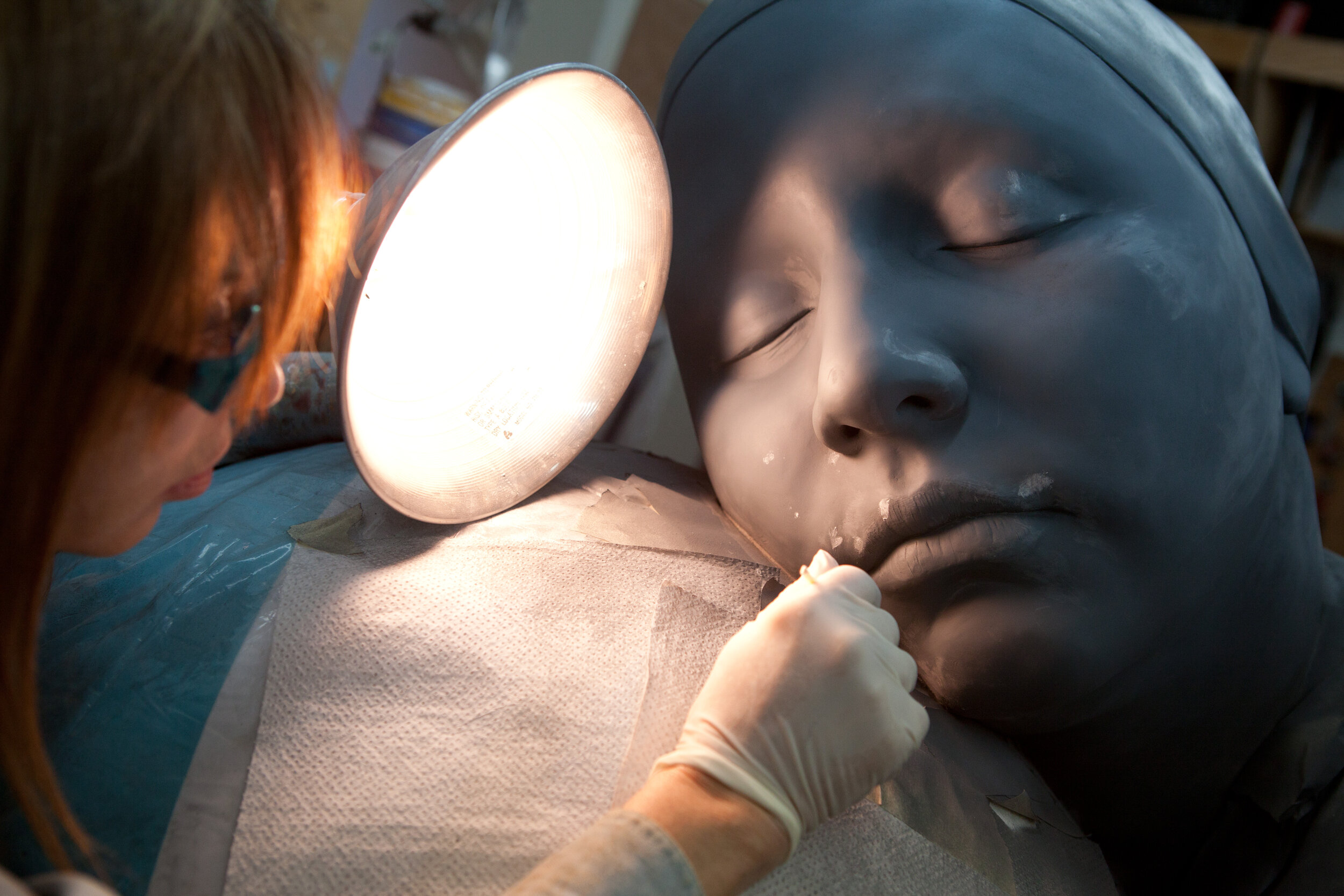Most people belonging to the academic world believe that art education instills creativity in children. While learning art, they feel that children begin to view the world differently. They start to enhance their skills and attitude towards innovation and creativity. In societies focusing on knowledge, art is the key to growth and prosperity, as it encourages opinions, different thought processes and gives people motivation to grow in their field. An artist can belong to an architectural firm, marketing or advertising firm, politics, economics, and even law enforcement. They develop their skills to think deeply about any particular subject and bring their thoughts and ideas into their work.
A person with artistic skills would be culturally sensitive and held in high regard. An art education affects the mind positively and lets your brain exercise through different thoughts like perceiving history, culture, tradition, colors, shapes, alignment, and lines. It can even enhance your performance in other academic subjects as mathematics, science, and reading, as art can keep your mind more prone to solve complex problems and situations.
Why Art Education is so Important
An art education is important because it can strengthen a student’s academic performance. A student would get a chance to learn and foster their creative ability and develop a habit of having a clear mind, and social skills necessary to today’s thriving societies. Unfortunately, the value of art and its education is slowly becoming less important with time, as more and more profitable studies are trying to make their mark. Art and its education are not as important as it was before. Along with people, artists need to justify their importance and presence in schools from an early age.
The education system worldwide also needs to educate about the skills required for any child if he or she aspires to become an artist. It is necessary to identify these skills and polish them in children. With skills like drawing and painting, a child would also be able to improve their writing skills and improve their judgement. Color and its psychology help the brain to exercise and develop clear thinking patterns without being cluttered. Art also helps anxiety, stress, and mental health.
Learning Art in School
There is no doubt that art is closely linked to creativity and innovations. Those students who have developed and enhanced their art skills have the potential to be very sharp and think differently. They can now easily think of new ideas, as they have practiced this skill while learning about art and thinking of new ways to integrate color or make interesting artworks. Creativity and innovation rely on a broad range of skills, as measured by today’s competent professionals. There is no doubt that scientists, developers, entrepreneurs, practitioners, and technological users and innovators have had the means to use innovative thoughts in their fields. Art helps us define the use of content and knowledge. As we use art and its related subjects, we begin to identify problems, understand their limitations, make connections, collaborate, and communicate with our thoughts and ideas. These are the set of skills that a child can easily develop if he or she is introduced to art as a subject, so that they may begin to develop these skills in some disciples and become future leaders of tomorrow.
If you want to know and learn more about the fundamentals of art as a subject, we may suggest the book ‘My Hyperrealist Life and Legacy’ by aspiring artist Carole Feuerman. She outlines her inspiration and passion for art and how she was able to pursue her passion. She eventually developed and learned the skills of becoming a famous renowned artist, and now her artistic works of sculptures are displayed in famous museums and art gallery exhibitions.
Important Things to
Learn in Art Creativity
Art is something that belongs to everyone. Anyone who wants to test their imagination to create art is welcome to do so with an open mind and an open heart. Art can easily be learned, and some people are even born with the talent of creating or making art. The field of art is very diverse and there are many different forms of art . To name a few, there are paintings, photography, sculpture making, digital animation, acting, and much more. In simple words, art can be an idea, an imagination, an expression or a representation of history or culture. For most people, art is taken as an idea that belongs to everyone. It can be found in any culture or history in any era, and then an artist brings it in a physical form.
The Importance of Art in the Eyes of an Artist
Artists can use their talents or creativity by using emotions, aesthetic, or psychological thoughts that they encounter in life. They are pretty good at keeping their thoughts aligned while creating art from a simple thought process. Most artists can make the best use of their emotions and aesthetic sense to create art, which can be astonishing. Many can learn much about art by practicing it. For some, it comes naturally to them. Practice and lessons learnt in the pursuit of art can easily educate you about the important things in artistic creativity and make you a better artist.
Art is not Separate from Life Itself
Most people fail to understand that art is not separate from life. Almost everything that we experience in life, is an expression of art. For example, the color shades we see in clouds, the sea, trees, flowers, landscapes, and even nature can teach us a lot about art and its creativity. Art is even in the very description of ourselves and even in the lives that we lead. Many artists have been creating art in paintings, photography, materials, objects, architecture, sculptures, and much more. Still, they are intrigued to find out more about its phenomenon. Most artists worldwide, are trained to learn the important things in artistic creativity, but some are born with a natural tendency to learn and discover the creative things in art and follow their passion. Many would go an extra mile and beyond their limitations to pursue their passion in art, just like Carole Feurman did to learn about art and create real look-alike sculptures of dancers, swimmers, and many more.
Learning about Creativity in Air
It can be necessary for an artist to learn how to achieve creativity in art from a professional art school. They can learn about art education, history, culture, different famous artists in the past, and what distinguished them from contemporary artists. They can also reflect on how they understand art and its creativity, which is an extension of our daily culture and life. Artists need to understand that art is everywhere around them to see and perceive it from a different in-depth perspective. For naturally gifted artists, they have a different way of seeing and analyzing art. The way they see it, make it, look at it is ever-evolving.
It is also important for the artist to understand that art transforms itself with every passing era, culture, and history, especially in making and representing itself. It is always important for an artist to learn, analyze, search, know, and doubt on achieving creativity in art itself. One needs to understand the details and processes of art creation intimately. That is why imitation has always been an integral part of art creation. As for the artists, they need to assimilate and combine their psychological, aesthetical, and emotional senses and then organize them to create art to give meaning to it. It requires skill and practices for an artist to do that. However, once an artist learns how to achieve that, there is no stopping them from creating the most amazing art piece.
To explore the essential elements of artistic creativity, read ‘Carole A. Feuerman: 50 Years of Looking Good,’ written by the renowned artist Carole Feuerman. In this book, Feuerman shares the story of how she was inspired to pursue art and reflects on the profound ways in which art enriches our lives.
























